Students assess Carrollton Courthouse plans
The Carrolton Courthouse is one of ‘America’s 11 Most Endangered Historic Places’ according to the National Trust for Historic Preservation.
November 4, 2015
A mile west of Tulane’s campus stands a white Greek Revival building. Carrollton Courthouse has survived Civil War troops and racial integration as a school. Vacancy, however, may be the end of the site.
The 160-year-old Carrollton Courthouse, owned by the Orleans School Board, was recently put up for sale with no preservation protections in place. Graduate architect students at Tulane and Louisiana State University have taken on the task of researching potential future uses for the building with the intention of presenting their findings to both stakeholders and Carrollton community members.
“Having seen many thousands of important buildings conserved all over the world I can say that this project is also very important and deserves the right attention,” John Stubbs, director of Preservation Studies Program in Tulane’s School of Architecture, said. “And we must find the right use. The key is to find the right use for the building.”
A graduate class in the Master of Preservation Studies Program within Tulane’s architecture school is working on the project under the direction of Stubbs, as well as adjunct lecturer Michael Shoriak.
“We’re using this as an academic exercise,” Shoriak said. “This is an amazing building, an amazing opportunity to do it, but the cool part about it is that we will actually have an impact on what’s going to happen with this building.”
Tulane and LSU have worked in conjunction with the Louisiana Landmark Society, the organization that has spearheaded efforts to preserve the courthouse.
Graduate students at both universities have been focusing on different but equally important aspects of researching the site.
The endgame of the research is a presentation first to a smaller group consisting of their peers, university faculty and a few stakeholders, followed by a more refined presentation of the research findings to the public, including potential buyers, in December.
“This is a major step in our professional development because we can be proficient in theory and practice all day long, but actually being on site and putting together all the information for potential investors to see is invaluable,” Leah Solomon, a graduate student working on the project, said.
The LSU team has been studying the landscape of the site, analyzing the grounds of the site as well as its three block radius to determine the best use for the building based on its surroundings.
“Should there be open space?” Shoriak said. “Should it be a park space? Are there a lot of parks in the area? What does the neighborhood need? What does the neighborhood want?”
The Tulane researchers are studying the building itself. The class of about 18 students, guided by Shoriak, are divided into three different teams. An analyzing and graphics group, whose task is to draw up the building as well as produce all of the visual representations for the report. A materials group, who is studying the nature and significance of the materials of the building, and their change over time. And a group focusing solely on the history and development of the building, as well as the site as a whole.
The history of the building is a rich one. Over its 160 years, the building has seen the city of New Orleans develop.
It’s said that during the Civil War, federal troops took down a good deal of the metal ornamentation of the building. Later, instrumental cases such as one regarding a dispute over a previously enslaved child were settled there. In 1957, the building became the Benjamin Franklin High School. Six years later, Ben Franklin High became the first New Orleans public school to integrate. Important New Orleans figures such as Wynton Marsalis, a grammy-award winning Jazz musician, attended school at the Carrollton Courthouse.
The building’s architecture is equally historically rich. It was built by Henry Howard, a famous regional architect. The courthouse represents a time when the city was spotted with Greek-Revival buildings, a style of architecture that has since become obsolete in the city due to its size constraints. The Carrollton Courthouse is one of the only examples of the style left in the city. This is partially due to the fact that the site, which takes up almost an entire block, has remained essentially undeveloped over all this time.
The future of the building remains uncertain; however, Tulane and LSU researchers and the Louisiana Landmarks Society share a common hope for the building, that it is used in such a way that its historical significance can be preserved.
“You can still walk in the front of that building and understand what it would be like to be in 1855 New Orleans,” Shoriak said. “The surroundings have totally changed, but that building is still like a moment in time that has been unaltered.”

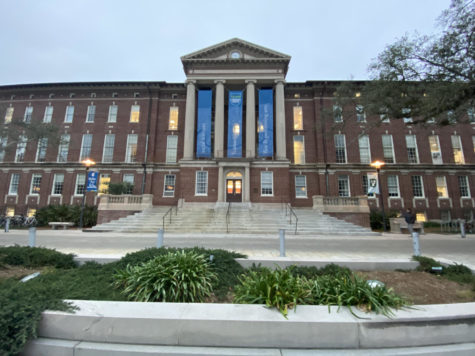







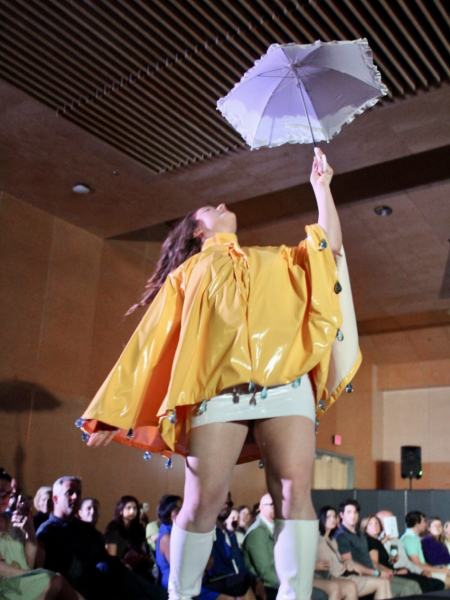
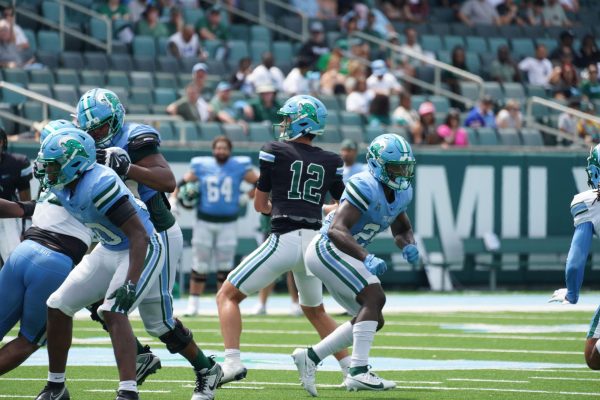


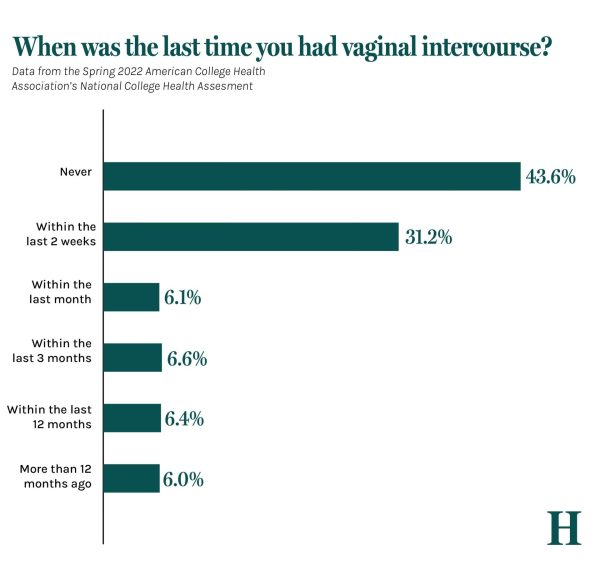

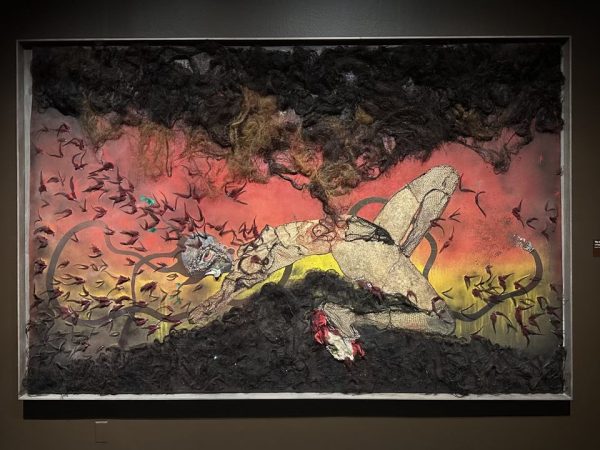

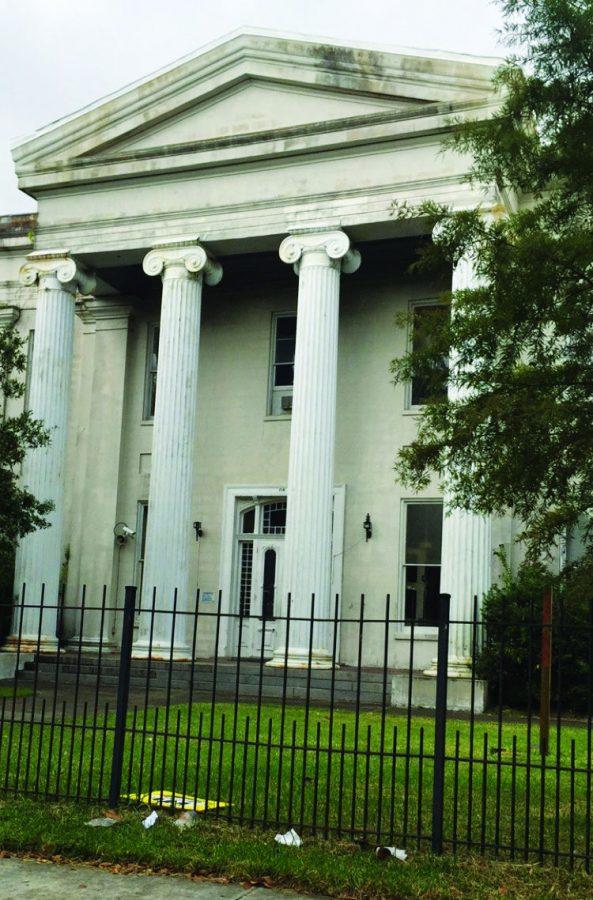




Leave a Comment